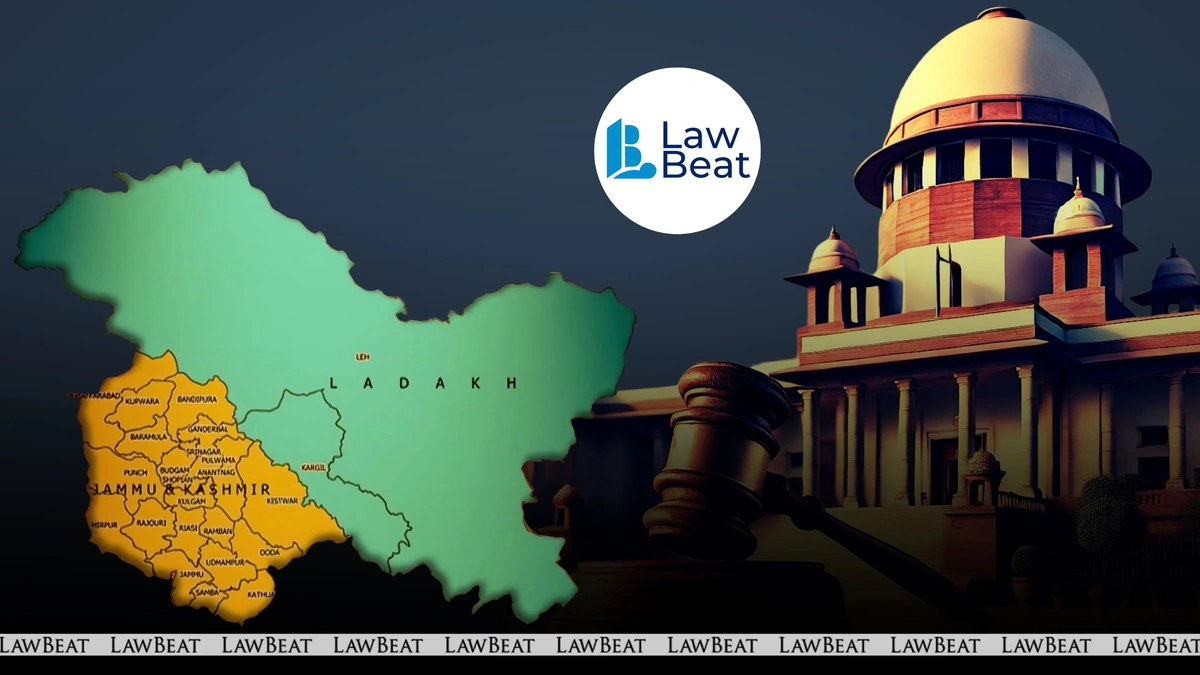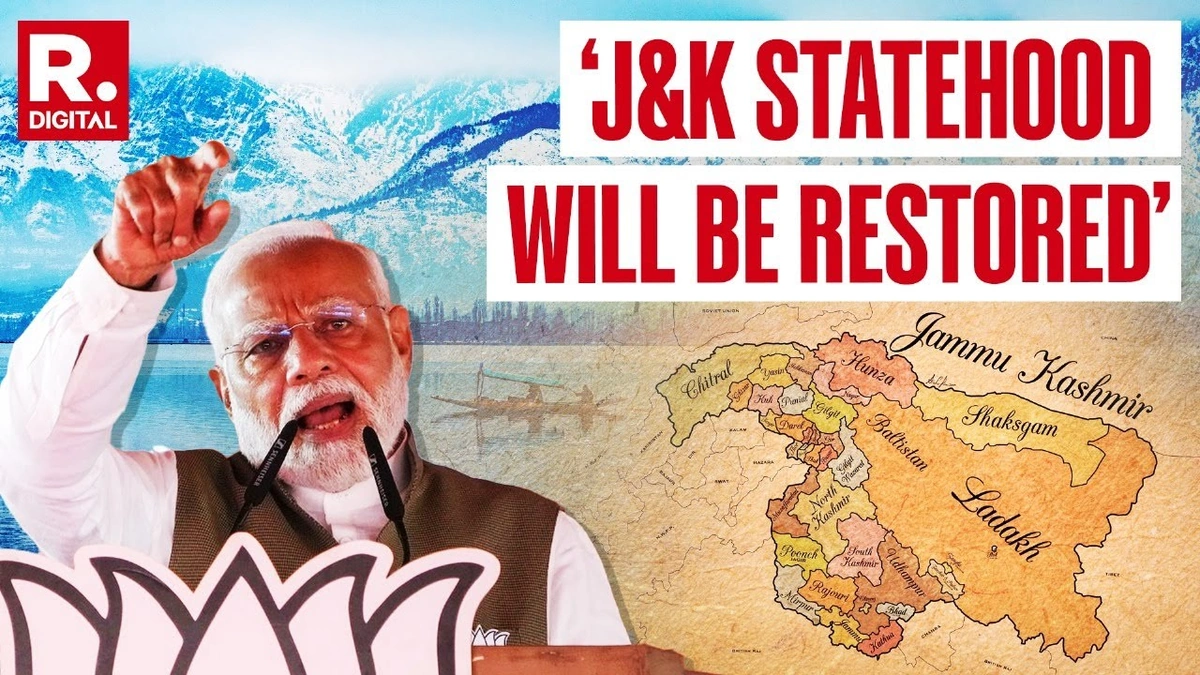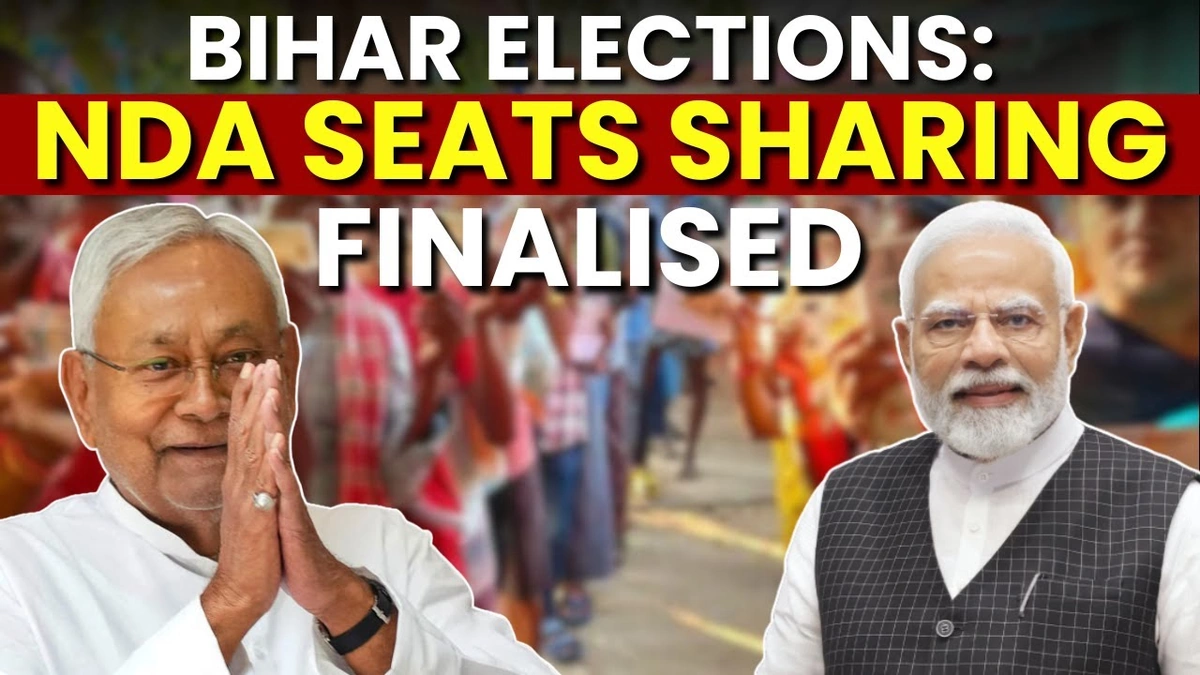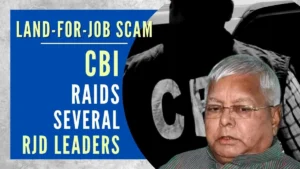Supreme Court Orders Centre to Respond on Jammu and Kashmir Statehood Restoration in Four Weeks
The Supreme Court has just dropped a bit of a bombshell, hasn’t it? Ordering the central government to respond on the restoration of statehood to Jammu and Kashmir in just four weeks – it’s like a shot of adrenaline into a situation that’s been simmering for years. But what does this really mean for the average person in J&K, and for India as a whole? Let’s unpack this, shall we?
Why This Supreme Court Order Matters | More Than Just Headlines

Here’s the thing: this isn’t just about a court order. It’s about the fundamental rights and aspirations of the people of Jammu and Kashmir. When the state was reorganized in 2019, it was a massive upheaval. Promises were made, but the reality on the ground has been… well, let’s just say mixed. The revocation of Article 370 and the subsequent division into union territories changed everything. Now, the Supreme Court’s intervention is a critical moment. It forces the government to clarify its roadmap for restoring statehood. This impacts everything from local governance to the overall sense of stability and normalcy in the region.
And that’s why this resonates, especially if you’re someone living in the region or closely following Indian politics. It touches upon issues of federalism, democratic representation, and the delicate balance between national security and regional autonomy. The Centre’s response will set the tone for future relations and could either reassure or further agitate the population. Is it just a procedural formality, or will it signal real intent? That’s the million-dollar question.
Decoding the Timeline: Four Weeks and What It Means for J&K’s Political Future
Four weeks might seem like an eternity in the age of instant news, but in legal and political terms, it’s a tight deadline. What can realistically happen in this timeframe? The government will need to formulate a detailed response, outlining the steps, timelines, and potential challenges in restoring statehood. This isn’t something they can just wing; it requires careful consideration of security concerns, administrative logistics, and political sensitivities. You see, the court’s directive acts as a catalyst , pushing the issue to the forefront and demanding concrete action, not just rhetoric. A weak response could invite further judicial scrutiny and public discontent. A strong, clear plan could begin to rebuild trust and pave the way for a more stable political landscape.
What fascinates me is the level of detail the court will expect. Will the government provide a specific date for statehood restoration? Will they outline the process for holding elections? Will they address concerns about the ongoing security situation? These are the questions on everyone’s minds, and the answers will shape the future of Jammu and Kashmir .
The Road to Restoration: Potential Hurdles and Possible Pathways for Statehood Revival
Let’s be honest, the road to restoring statehood to Jammu and Kashmir isn’t going to be a smooth one. There are numerous hurdles that the government needs to navigate. Security concerns are paramount, and the Centre will need to demonstrate a clear strategy for maintaining peace and stability. Then there’s the question of administrative integration – how do you seamlessly transition from a union territory back to a state? What about the existing laws and regulations? The bureaucratic machinery needs to be reconfigured, and that takes time and effort. And let’s not forget the political dynamics. Different parties have different agendas, and reaching a consensus on the way forward will require skillful negotiation and compromise.
But here’s the thing: these challenges aren’t insurmountable. Other states have faced similar transitions. With careful planning, transparent communication, and a genuine commitment to the well-being of the people, a pathway to restoration can be forged. It requires a willingness to listen to all stakeholders, address legitimate concerns, and prioritize the long-term interests of the region. The Centre must demonstrate its commitment to democratic principles and ensure that the voices of the people of Jammu and Kashmir are heard and respected. This recent order by the Supreme court is a step in right direction.
What’s Next? Implications for Local Elections and Governance for future generations
So, what happens after the four weeks are up? The Supreme Court will likely assess the government’s response and decide on the next course of action. This could range from accepting the proposed plan to ordering further clarifications or even setting its own timelines. The implications are far-reaching. A clear commitment to restoring statehood would pave the way for local elections, empowering the people to choose their own representatives and shape their own future. This is crucial for strengthening democratic institutions and promoting good governance. The restoration of statehood would also unlock new opportunities for economic development, investment, and job creation. It would send a positive signal to the world, demonstrating India’s commitment to democratic values and the rule of law.
However, a vague or unsatisfactory response could lead to further legal challenges and political instability. The people of Jammu and Kashmir deserve clarity and certainty about their future. The Supreme Court has given the government an opportunity to provide that clarity. It’s up to them to seize it.
The political uncertainty in Jammu and Kashmir needs to be adressed sooner or later. The Supreme Court’s involvement underscores the importance of judicial oversight in safeguarding fundamental rights and upholding the principles of federalism. It serves as a reminder that no matter how complex or sensitive the issue, the rule of law must prevail.
Jammu and Kashmir Statehood: FAQ
What exactly did the Supreme Court order?
The Supreme Court directed the central government to provide a clear timeline and roadmap for the restoration of statehood to Jammu and Kashmir within four weeks.
Why is statehood important for Jammu and Kashmir?
Statehood is crucial for restoring democratic governance, empowering local representatives, and promoting economic development in the region. It would give the people of J&K more control over their own affairs.
What are the potential challenges to restoring statehood?
Key challenges include security concerns, administrative integration, political consensus-building, and addressing the aspirations of different communities within Jammu and Kashmir.
How does the revocation of Article 370 impact the current situation?
The revocation of Article 370 led to the reorganization of J&K into union territories, changing the administrative and political landscape. The restoration of statehood would essentially reverse that decision.
Where can I find official updates on this issue?
Follow official government channels, reputable news sources, and the Supreme Court’s website for the latest updates and announcements.
What is the Centre’s stance on Article 370 abrogation?
The Centre has been defending its decision to abrogate Article 370 as a move towards integrating J&K more closely with India and promoting development in the region. This position is being challenged in court.
In conclusion, this Supreme Court order isn’t just a legal matter; it’s a human one. It’s about the hopes, fears, and aspirations of millions of people. It’s about India’s commitment to democracy and the rule of law. And it’s about the future of a region that has seen far too much turmoil. The next four weeks will be crucial. Let’s hope they bring us closer to a resolution that is just, equitable, and lasting.













